Spain.
Philip III,
100 Escudos 1609,
Segovia.
Unique.
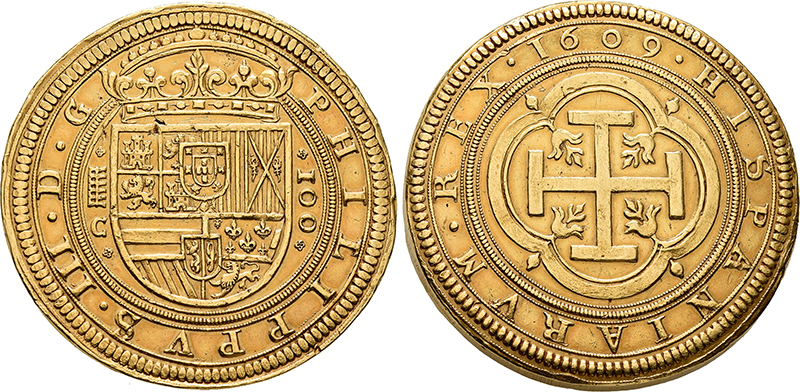

Roman Republic.
Cleopatra VII and Mark Antony,
Tetradrachm 36 BC,
Antioch on the Orontes.
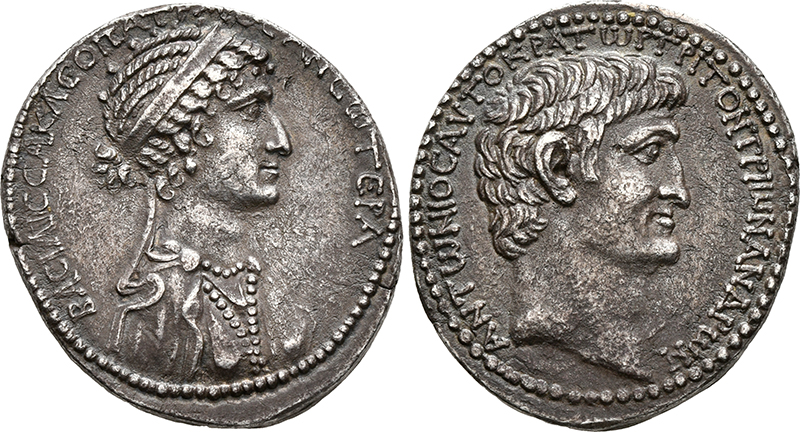
Great Britain.
Henry VII,
Gold Sovereign,
type I, Cross Fitchee, n. d. (1492),
Tower mint.
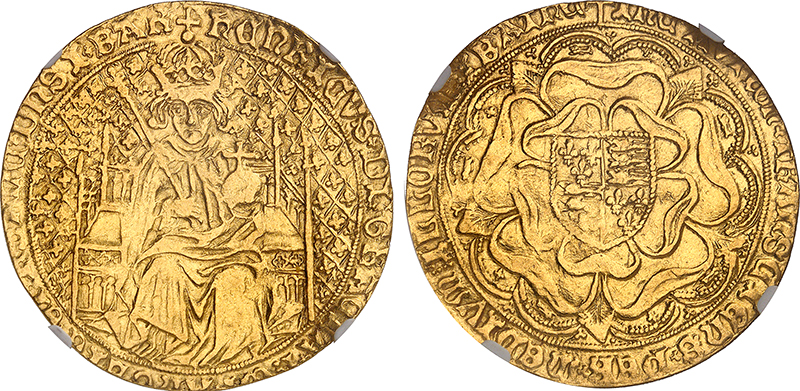
Archive: People and Markets
IAPN General Assembly in Marseille 2023
At their 71st General Assembly in Marseille, the International Association of Professional Numismatists elected new members, increased the Executive Committee, and awarded the prestigious IAPN Book Prize.
Stack’s Bowers Galleries Launches Coin Resource Center
Stack’s Bowers Galleries announced the launch of their Coin Resource Center. The new website is a detailed reference guide for all U.S. coins with historical backgrounds of each U.S. Mint and insightful Collector Guides.
Archive: Coins, Medals and more
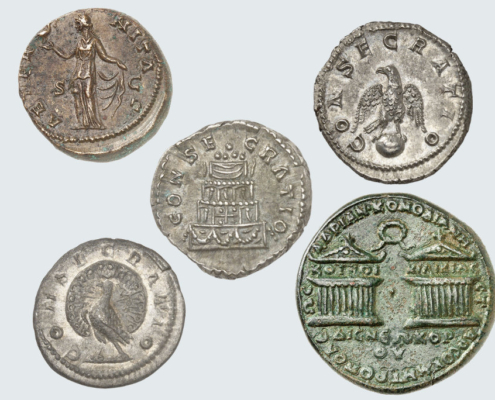
Oh Dear, I Think I’m Becoming a God! Numismatic Testaments to the Consecration of Roman Emperors
On 31 October 2024, Künker will auction off part 9 of the Dr. W.R. Collection. It presents Roman coins from the period between the civil war of 68/9 and the end of the Severan dynasty. The diverse material illustrates the numismatic traces of the consecration of Roman emperors.
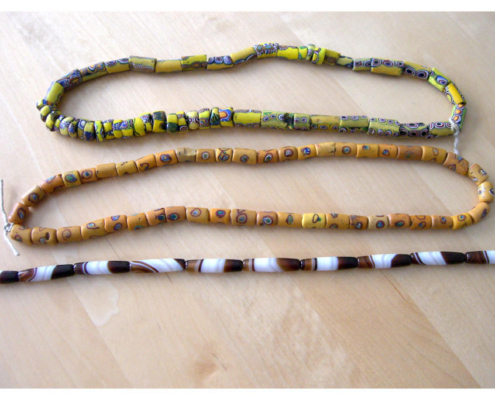
What People Used to Pay With in South Africa
Coins are only the most recent of the many means of payment used in South Africa. And yet, there is much to be told about the country’s numismatic past. We tell the story of South African means of payment from glass beads to the rand.







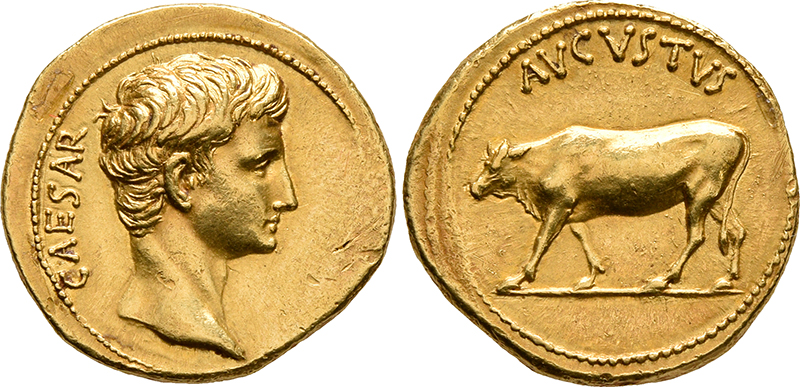
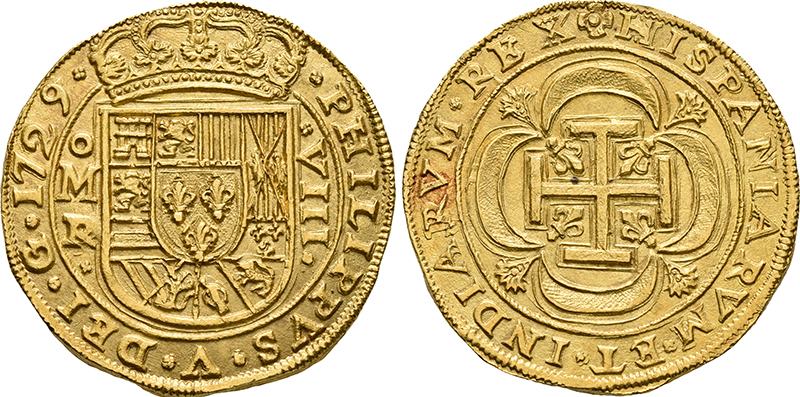
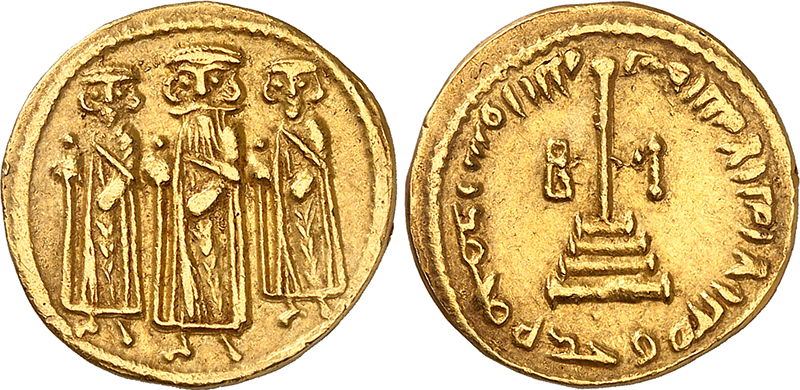
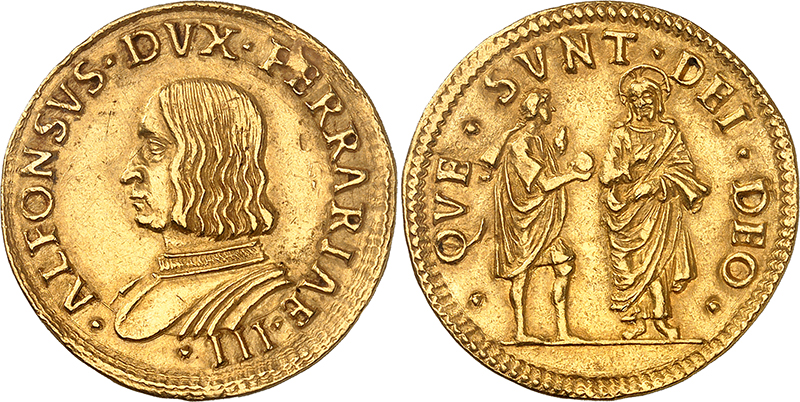
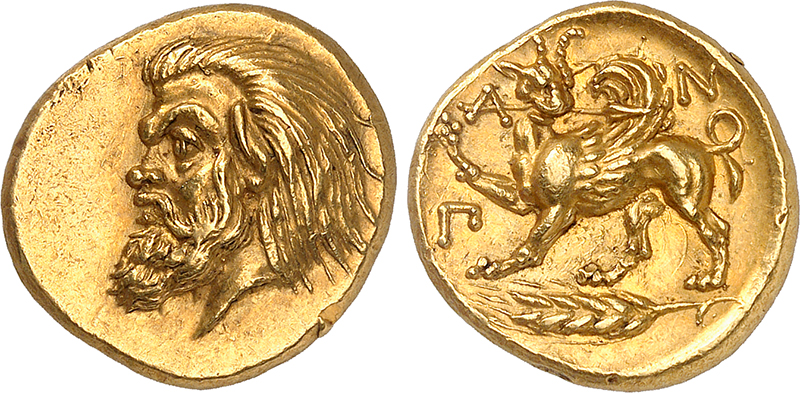
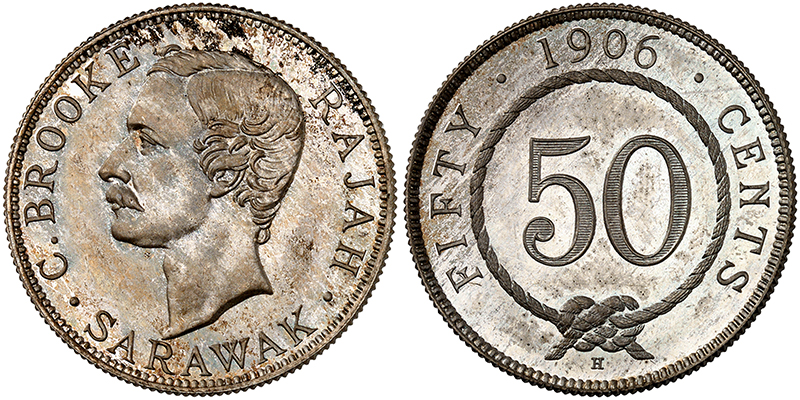
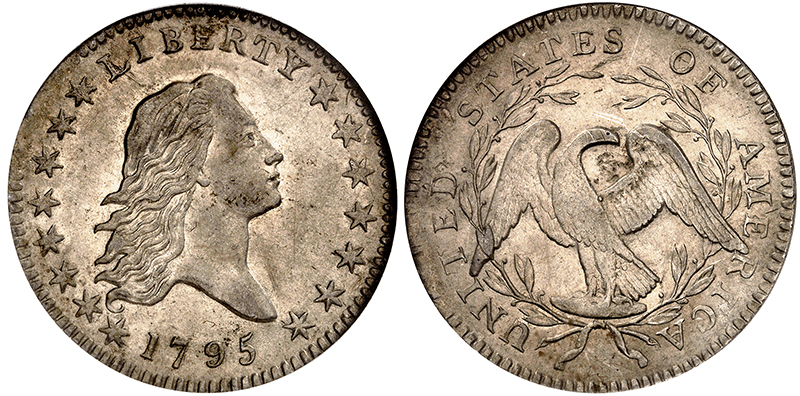

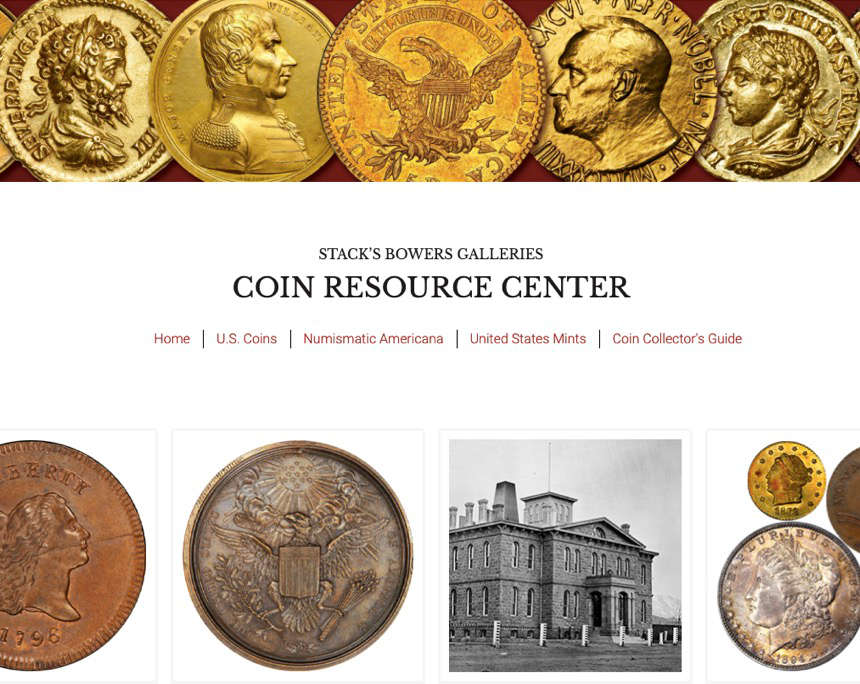

Joe Cribb is the 2023 Derek Allen Prize Winner
Joe Cribb is a well-known specialist in the monetary history of Asia. For his outstanding contribution to the discipline of numismatics, the British numismatist has been awarded the 2023 Derek Allen Prize by the British Academy.
A Historic Unique Piece Offered for Shared Ownership – A Model for the Future?
A US coin dealer is offering co-ownership shares in a top rarity: shareholders can even choose their desired piece of a rare $100,000 gold certificate.